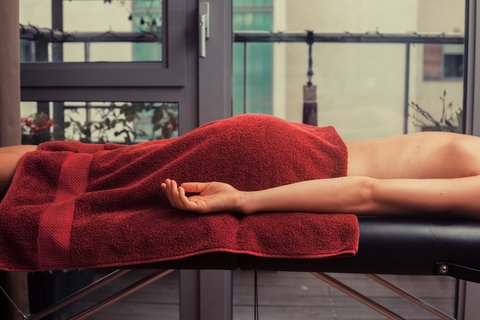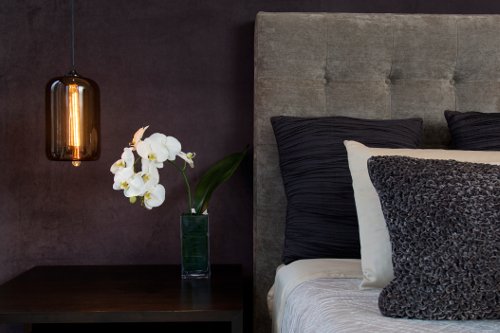
There’s no denying it – a massage is one of the best therapeutic experiences you can treat a tired, overworked body to. If you follow a few simple tips, that contented feeling of ‘ahhh…’ can follow you for hours or even days after you’ve left your practitioner’s table. Here’s how to make the most out of your massage therapist’s skill before, during and after your session.
Mindfully Prepare for your Massage
When you’re getting ready to go to your massage, take a shower, brush your teeth and put on deodorant before you head to your practitioner’s office: this will ensure that lingering self-consciousness won’t interrupt your relaxation. As you’re undressing and getting ready to lay on the table, make a ‘mental pact’ with your brain to leave the worries and concerns of your life at the door and tune out of mental planning for the time you are in the practitioner’s care. Your body reacts to stress in a thousand little ways you likely aren’t even aware of – a furrowed brow, a tense back, a knotted stomach – so consciously making the choice to kick it out of your session room puts you in the perfect mindset to get an even greater benefit from your massage.
Team Up With Your Practitioner
Both you and your massage therapist have the same goal in a session – to relax and rejuvenate your body and mind. If he or she is using a particular massage technique you enjoy, or have enjoyed in the past, don’t be afraid to speak up and ask for more of it during your session. Alternately, if a particular movement is uncomfortable or painful, let your practitioner know – body language can be very ambiguous at times, and your ow-that’s-tender flinch might seem like a positive expression of relaxation to them, without the proper context. Explaining problem areas before you’re on the table will also help guide your practitioner to map out a treatment direction that will give you the best results.
Take Care of Yourself Afterwards
During a massage, muscles are manipulated, joints are stretched, and blood is moved – all beneficial effects, but ones that give the body’s filtering organs a lot to deal with. Water is the great equalizer for helping to flush toxins and lactic acid stirred up by a session – don’t be shy about downing a few cups over the hours that follow your appointment. If you have questions about a particular ailment or trouble spot on your body, ask your practitioner if he or she could recommend some stretches or supplements to keep it from locking up or becoming painful again.
Massage is just another positive facet to self-care and a healthy life approach – just as we must advocate for ourselves by asking questions of doctors and monitoring ailments like colds, massage should ideally involve the client as much as the practitioner. These tips will help you connect with your massage therapist, enjoy your session, and stay relaxed long after it’s over.

 0447 577 525
0447 577 525 Are you fluent in the language of touch? A recent article by Rick Chillot for Psychology Today explores the phenomena of a “touch chasm” – the idea that we can
Are you fluent in the language of touch? A recent article by Rick Chillot for Psychology Today explores the phenomena of a “touch chasm” – the idea that we can  When it comes to ensuring a restful night’s sleep and building a special place to explore intimacy, focusing on one or two popular bedroom décor ideas may cause you to lose the proverbial forest for the trees. Sexual interaction, after all, is about more than one aspect, so your ideal bedroom shouldn’t be reduced to a color palette or a certain thread count of sheets. Here are some ideas that will set the mood and cocoon you and your partner in a lush romantic setting with only a little effort.
When it comes to ensuring a restful night’s sleep and building a special place to explore intimacy, focusing on one or two popular bedroom décor ideas may cause you to lose the proverbial forest for the trees. Sexual interaction, after all, is about more than one aspect, so your ideal bedroom shouldn’t be reduced to a color palette or a certain thread count of sheets. Here are some ideas that will set the mood and cocoon you and your partner in a lush romantic setting with only a little effort.